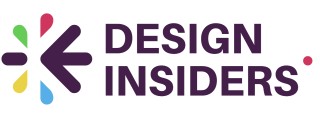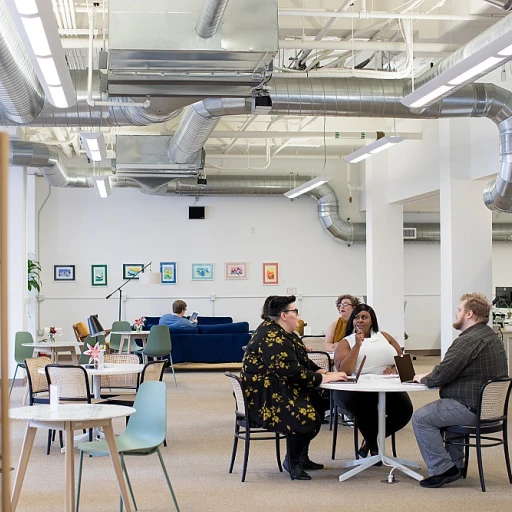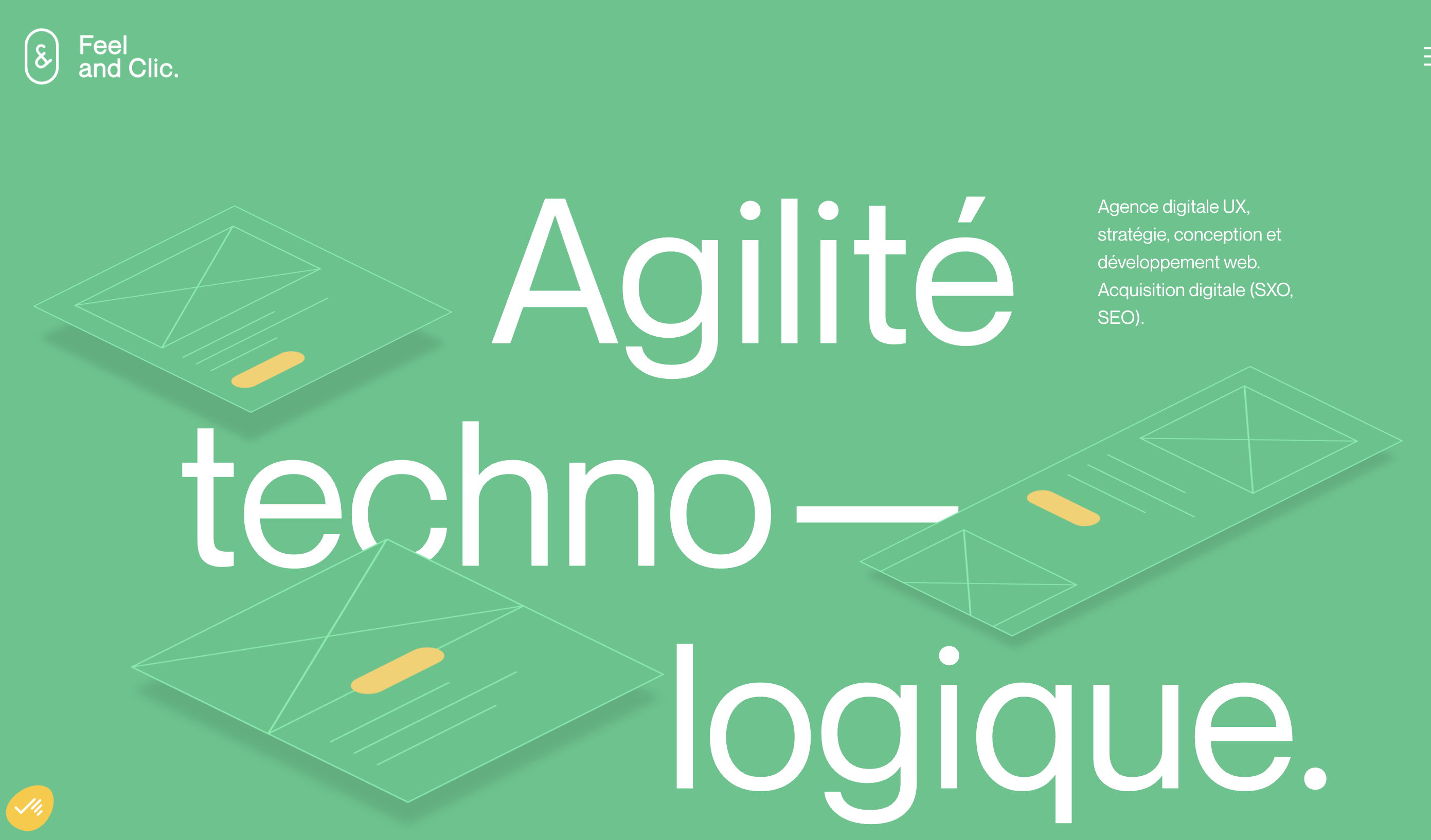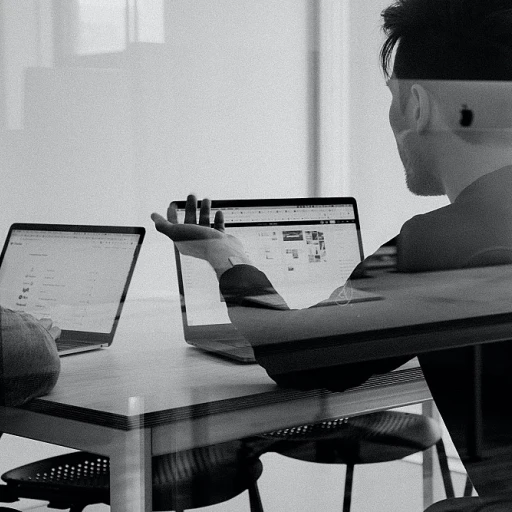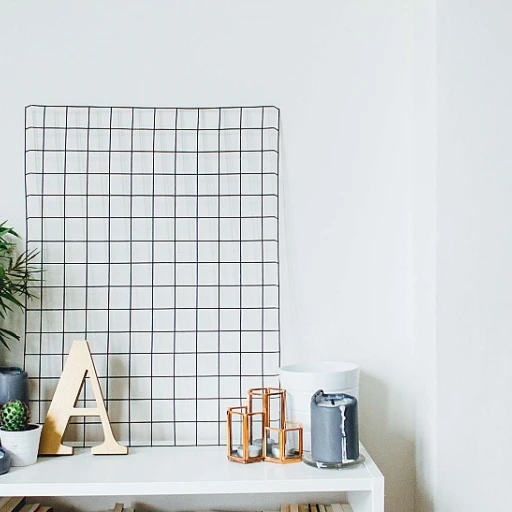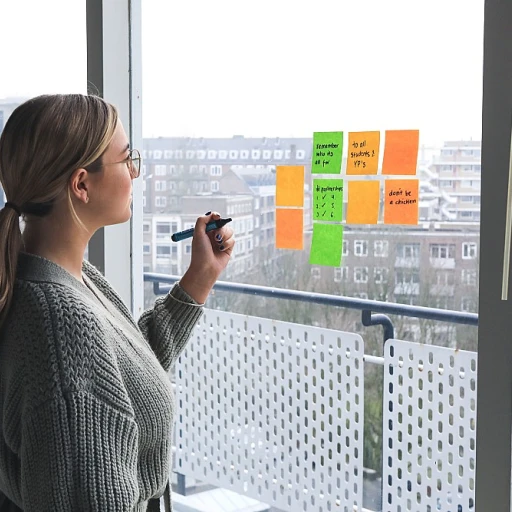Understanding Agile Methodology in UX Design
The Agile Approach to User-Centric Design
Getting into agile design means embracing a way of working that prizes collaboration, flexibility, and quick responses to feedback. It's not just a buzzword—it’s a whole mindset shift for anyone in the design process. Agile isn't just throwing designs together quickly; it's a thoughtful, iterative approach that focuses on creating the best product for the user. But how does it actually work in user experience (UX) design? Let’s break it down:- Iterative Cycles: Agile teams rely on sprints—short, time-bound phases where they examine user stories and adjust their approaches. It’s about flexing and evolving as you go.
- Frequent User Feedback: The heartbeat of agile. Teams consistently gather insights from users, refining designs based on real-world interactions. A/B testing can be a powerful tool here (we’ll get more into that soon).
- Collaboration: Designers, developers, and product managers work side-by-side, rolling up their sleeves to face challenges together. Everyone's voice matters.
Benefits of Integrating Agile in UX Design
Why Agile and UX Make a Great Team
Agile and UX design are like peanut butter and jelly—they just make sense together. When you throw Agile into UX design, you're not just following a trend, you’re shifting the entire design process into high gear. How? By keeping the user at the center and being ready to adapt. When Agile teams adopt this approach, the possibilities for product development become endless. Let's break down the benefits. First, Agile is all about flexibility. Not in a gymnastic kind of way, but in adapting to change with speed and ease. With Agile, every sprint is a new chance to get user feedback and tweak designs on the fly. No more waiting around for the next release cycle to make improvements. You get the chance to fix issues before they even become issues, and that's something both designers and users can appreciate. Next up, collaboration becomes more seamless. Imagine designers, developers, and product managers working hand in hand, pushing the boundaries of what a team can do. Agile emphasizes teamwork, making sure everyone has a voice. This culture of collaboration not only makes the work environment more enjoyable but also produces better design outcomes.Who's Got Your Back? Agile Teams
Now, here's where things get really interesting. Agile isn't just about moving fast—it's about moving smart with the right people. With small Agile teams, each member knows their role and feels ownership over the project. This responsibility leads to innovative ideas and solutions you might not find in larger, less-connected teams. It's an ensemble cast where everyone’s talent shines. User stories play a major role here. They are brief, natural descriptions of features from the end user's perspective. They keep everyone on the same page about what the user really needs, ensuring that the final product is not just functional but also delightful to use. Rome wasn't built in a day, and great designs aren’t created in isolation. When Agile principles meet UX design, it’s a hustle, but it’s one where everybody wins. By focusing on goal-driven sprints and consistent user feedback, design teams can create products that hit the mark every time. To see how this all shapes up in action, check out how designs are crafting an engaging user pathway with Agile: crafting an engaging user pathway. The intersection of design agility and user experience is paving the way for more intuitive and responsive product development. Keep an eye on your project—user-centric success is just a sprint away!Challenges and Solutions in Agile UX Design
Bumps On the Agile Road
The user-centric approach through agile design sure sounds amazing, but let's not overlook the hurdles. Fasten your seatbelts as the team jumps into the agile development process; it's not always smooth sailing. Agile teams often face challenges with constant user feedback and ensuring collaboration among team members during the design process. Miscommunication can sneak in when designers and software development teams aren't on the same page. If you're juggling multiple sprints, keeping everyone aligned can sometimes be like herding cats. Regular product development meetings and open lines of communication help ease this tension, but it's no one-size-fits-all. The process agile requires a bit of flexibility, just like when you're adjusting your recipe midway because you've run out of an ingredient.Deadlines, Deadlines Everywhere!
Time pressures are the constant shadow in agile design. Agile lean processes aim to create user stories and address speedy designs. Feedback loops can evoke a whirlwind, potentially unsettling user experience and usability testing timelines. For agile teams, balancing sprint goals with user feedback isn't a path laid out in daisies. So how do we tackle these pressures? Setting clear, achievable goals keeps development on track. Cultivate an agile environment with regular check-ins where every team member can voice any wandering doubts or share lightbulb moments. And remember, agile isn't a rigid structure; it's more like clay to be molded as your project takes shape.Co-existing with Legacy Systems
Old software is a classic hurdle in development. You can't always rip out everything old and replace it with the new, and designers have to tangle with these legacy beasts. Integrating fresh agile processes with existing systems can seem daunting, but recognizing the user's journey smooths out the path. Trust the process, give room for exploration, and, most importantly, learn from every iteration. A lean agile mindset helps transition into this new playing field, bringing backs simple solutions when complexity tries to take the reins. It's giving space for change while respecting the ground you've built your foundation on. For further insights into making UX seamless and accessible, check this guide.Key Practices for Successful Agile UX Design
Best Practices for a Smooth Agile UX Design Process
Incorporating agile principles into user experience design isn't just a trend—it's a way to make sure your design process stays flexible and user-focused. Agile design is about creating a product that evolves with the needs of your users, and it requires a few key practices to get it right. Let's break down some of these practices that can help your team succeed.
Embrace User Feedback Early and Often
One of the core aspects of agile is the feedback loop. Involving users early in the design process can save time and resources. Regular usability testing sessions allow designers to gather insights directly from users. This continuous feedback helps in refining the product to better meet user needs. A study by Nielsen Norman Group highlights that frequent user testing can significantly improve product usability.
Effective Collaboration Among Team Members
Agile thrives on collaboration. Designers, developers, and product managers must work closely together. Daily stand-ups and sprint reviews keep everyone on the same page. This collaborative approach ensures that everyone understands the user stories and can contribute to the project effectively. Agile teams that communicate well are more likely to deliver a successful product.
Iterative Design and Development
Agile UX design is all about iteration. Rather than waiting for a perfect design, teams should focus on developing a minimum viable product (MVP) and iterating based on user feedback. This iterative process helps in quickly identifying what works and what doesn't, allowing for adjustments in real-time. This approach aligns well with the lean agile philosophy, which emphasizes efficiency and user-centered design.
Prioritize User-Centric Design
Agile design puts users at the center of the development process. Creating detailed user stories helps teams understand user needs and priorities. This user-centric approach ensures that the final product not only meets business goals but also provides a meaningful user experience. By focusing on the user, agile teams can create products that are both functional and enjoyable to use.
Time Management and Sprint Planning
Managing time effectively is crucial in an agile environment. Sprint planning sessions help teams set realistic goals and allocate resources efficiently. By breaking down the project into manageable sprints, teams can focus on delivering incremental improvements. This approach not only keeps the project on track but also allows for flexibility in adapting to changing user needs.
By adopting these practices, agile teams can create a more responsive and user-focused design process. It's all about staying flexible, open to feedback, and committed to delivering the best possible user experience.
Case Studies: Agile UX Design in Action
Real-Life Agile UX Design Success Stories
When it comes to agile design, nothing speaks louder than real-world examples where teams have hit the nail on the head. Let's explore some standout projects where the agile approach transformed user experience and product development.
Spotify: Harmonizing User Feedback with Agile
Spotify's agile teams are a great example of how agile principles can be effectively applied in software development. By breaking down the design process into manageable sprints, Spotify's designers and developers work closely to integrate user feedback swiftly. This agile process ensures that the product evolves based on real user stories, making the experience more user-centered and engaging. The constant collaboration between team members has been key to Spotify's success in creating a seamless and intuitive user experience.
Airbnb: Agile Lean Approach to Design
Airbnb's approach to agile lean design emphasizes collaboration and user-centric development. By involving users early in the design process, Airbnb's teams can identify potential issues through usability testing and adjust their designs accordingly. This process agile method not only saves time but also enhances the overall user experience by aligning the product with user needs and expectations. The agile development strategy has allowed Airbnb to stay ahead in the competitive market by continuously improving its platform based on user feedback.
IBM: Agile Development in Software Projects
IBM has embraced agile development to enhance its software projects, particularly in user experience design. By adopting agile lean methodologies, IBM's design teams can respond to changes quickly and efficiently. This flexibility allows for continuous improvement of the product, ensuring it meets the evolving needs of users. The agile process also fosters better collaboration among team members, leading to innovative solutions and a more refined user experience.
These case studies highlight the power of agile design in creating products that resonate with users. By focusing on user feedback and fostering collaboration among agile teams, companies can significantly improve their product development process and deliver exceptional user experiences.
